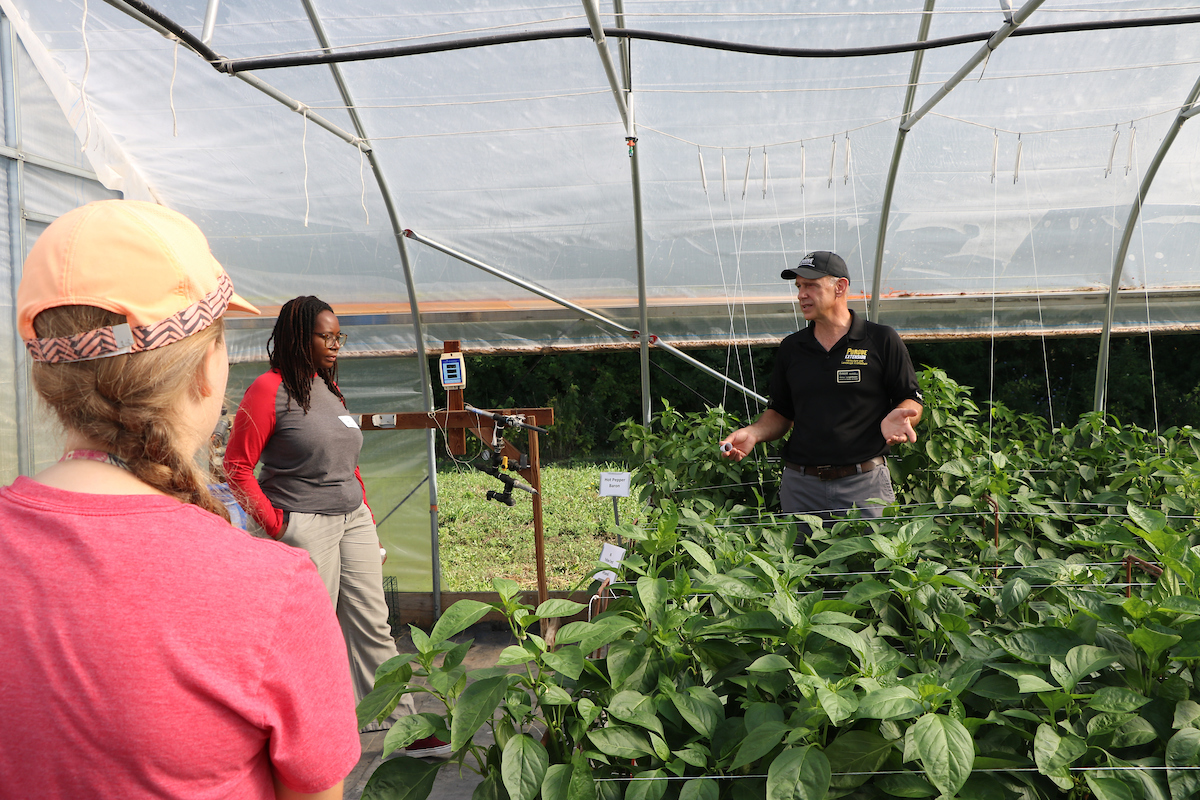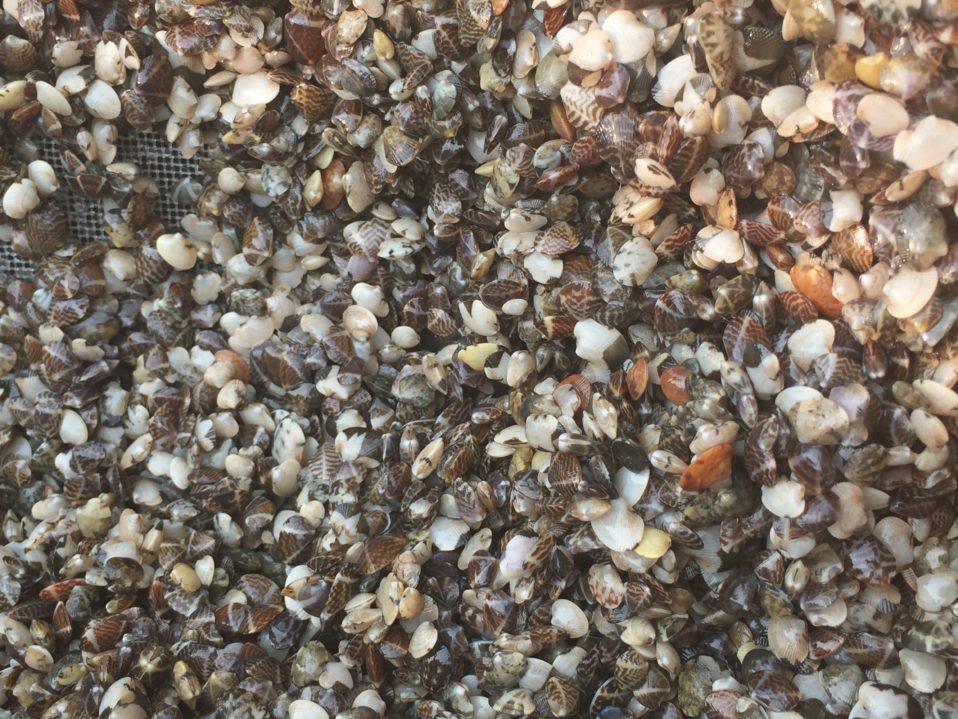Report on Climate Change Impacts on Crop Yield Variability and Implications for Sustainable Development Goals
Introduction: A Threat to Global Food Security and SDG 2
New research indicates that climate change is projected to increase year-to-year variability in the yields of staple crops, including maize, soybeans, and sorghum. This heightened volatility in food production presents a significant challenge to global food security and directly threatens the achievement of Sustainable Development Goal 2 (Zero Hunger). The resulting instability can lead to severe hardship, particularly in communities without access to crop insurance or food storage, thereby undermining efforts related to SDG 1 (No Poverty).
Projected Increase in Yield Volatility
The study estimates a substantial increase in the annual variability of crop yields for every degree Celsius of global warming. This directly impacts the stability of agricultural systems, a key component of SDG 2. The projected increases are as follows:
- Maize (Corn): 7% increase in year-to-year variability
- Soybeans: 19% increase in year-to-year variability
- Sorghum: 10% increase in year-to-year variability
Escalating Frequency of Extreme Crop Failures Under Various Climate Scenarios
The report projects a dramatic increase in the frequency of severe, weather-induced yield losses, transforming events that are currently 1-in-100-year occurrences into more common shocks. This trend jeopardizes the goal of ending hunger and ensuring access to sufficient food for all.
- Under a 2°C Warming Scenario:
- Maize failures are projected to occur every 49 years.
- Soybean failures are projected to occur every 25 years.
- Sorghum failures are projected to occur every 54 years.
- Under a 3°C Warming Scenario:
- Maize failures are projected to occur every 33 years.
- Soybean failures are projected to occur every 14 years.
- Sorghum failures are projected to occur every 40 years.
- Under a High-Emission Scenario (IPCC SSP-8.5):
- Maize failures are projected to occur every 17 years.
- Soybean failures are projected to occur every 8 years.
- Sorghum failures are projected to occur every 28 years.
Causal Analysis: Compounding Stress from Heat and Water Scarcity
The research identifies the increased covariance of temperature and water stress as a primary driver of future yield variance. As hotter weather dries out soil, the lower soil moisture in turn intensifies heatwaves, creating a compounding effect of heat and dryness. This dynamic damages crop yields and degrades agricultural land, posing a challenge to the targets of SDG 15 (Life on Land), which promotes the sustainable use of terrestrial ecosystems.
Strategic Recommendations for Achieving the Sustainable Development Goals
To build resilience and counteract these threats to the SDGs, the report calls for urgent and comprehensive action. The following recommendations align with multiple Sustainable Development Goals, including SDG 1, SDG 2, and SDG 13 (Climate Action).
- Adaptation Strategies:
- Promote investment in the development of heat- and drought-resistant crop varieties.
- Enhance the accuracy and accessibility of weather forecasting for agricultural planning.
- Implement improved soil management techniques to increase water retention and soil health.
- Strengthen social and financial safety nets, such as crop insurance programs, to protect vulnerable farming communities.
- Mitigation Strategies:
- The most effective long-term solution is to take decisive climate action by cutting the greenhouse gas emissions that drive global warming. This is the central aim of SDG 13 and is critical to safeguarding global food systems for future generations.
Analysis of Sustainable Development Goals (SDGs) in the Article
1. Which SDGs are addressed or connected to the issues highlighted in the article?
The article primarily addresses issues related to food security, climate change, and poverty, which directly connect to the following Sustainable Development Goals (SDGs):
- SDG 2: Zero Hunger: The core theme of the article is the threat to food production and security due to increased variability and failure of staple crop yields (corn, soybeans, sorghum). It explicitly discusses how these shocks threaten the stability of the food supply.
- SDG 13: Climate Action: The article identifies climate change as the root cause of the problem. It discusses the impacts of global warming, rising temperatures, and shifts in soil moisture on agriculture and calls for cutting greenhouse gas emissions as the most reliable solution.
- SDG 1: No Poverty: The article links crop failures directly to human hardship, stating, “A big shock in one bad year can mean real hardship, especially in places without sufficient access to crop insurance or food storage.” This highlights the vulnerability of agricultural communities to climate-induced economic shocks, which can perpetuate poverty.
2. What specific targets under those SDGs can be identified based on the article’s content?
Based on the issues and solutions discussed, the following specific SDG targets can be identified:
-
Under SDG 2 (Zero Hunger):
- Target 2.1: By 2030, end hunger and ensure access by all people, in particular the poor and people in vulnerable situations, including infants, to safe, nutritious and sufficient food all year round. The article’s focus on the increasing volatility of staple crop yields directly threatens the goal of ensuring a sufficient and stable food supply.
- Target 2.4: By 2030, ensure sustainable food production systems and implement resilient agricultural practices that increase productivity and production… and that progressively improve land and soil quality. The article’s call for “investment in heat- and drought-resistant crop varieties, improved weather forecasting, [and] better soil management” is a direct reference to building resilient agricultural practices to combat the effects of climate change.
-
Under SDG 13 (Climate Action):
- Target 13.1: Strengthen resilience and adaptive capacity to climate-related hazards and natural disasters in all countries. The entire article is about the increasing frequency of climate-related hazards (heat, drought, crop failure) and the need to build resilience through adaptation measures like improved crop varieties and safety nets.
-
Under SDG 1 (No Poverty):
- Target 1.5: By 2030, build the resilience of the poor and those in vulnerable situations and reduce their exposure and vulnerability to climate-related extreme events and other economic, social and environmental shocks and disasters. The article directly supports this by highlighting the “real hardship” caused by yield shocks and advocating for “stronger safety nets, including crop insurance” to protect vulnerable populations.
3. Are there any indicators mentioned or implied in the article that can be used to measure progress towards the identified targets?
Yes, the article provides several quantitative and qualitative indicators that can be used to measure the problems and the progress towards solutions:
- Indicator for Target 2.4 and 13.1: The article provides explicit data that can serve as an indicator of agricultural vulnerability.
- Year-to-year variability in crop yields: The article quantifies this, stating it will “increase by 7% for corn (maize), 19% for soybeans and 10% for sorghum” for every degree of warming. Tracking this variability would measure the impact of climate change on food systems.
- Frequency of extreme weather-induced crop failures: The article projects that “weather-induced yield losses which are 1-in-100-year occurrences today… will instead happen every 49 years for maize, 25 years for soybeans and 54 years for sorghum” under 2°C of warming. This frequency is a direct measure of the increasing risk from climate-related hazards.
- Indicator for Target 1.5: The article implies an indicator for measuring the resilience of vulnerable populations.
- Access to agricultural safety nets: The text calls for “stronger safety nets, including crop insurance.” Therefore, the proportion of the farming population with access to such protective measures could be used as an indicator to measure progress in building resilience against economic shocks from crop failure.
4. Summary Table of SDGs, Targets, and Indicators
| SDGs | Targets | Indicators |
|---|---|---|
| SDG 2: Zero Hunger | 2.4: Ensure sustainable food production systems and implement resilient agricultural practices. | Percentage increase in year-to-year variability of staple crop yields (e.g., 7% for corn, 19% for soybeans per degree of warming). |
| SDG 13: Climate Action | 13.1: Strengthen resilience and adaptive capacity to climate-related hazards and natural disasters. | Frequency of extreme weather-induced crop failures (e.g., 1-in-100-year events becoming 1-in-25-year events for soybeans at 2°C warming). |
| SDG 1: No Poverty | 1.5: Build the resilience of the poor and reduce their vulnerability to climate-related extreme events. | Proportion of agricultural populations with access to safety nets like crop insurance (implied). |
Source: cosmosmagazine.com
![]()






